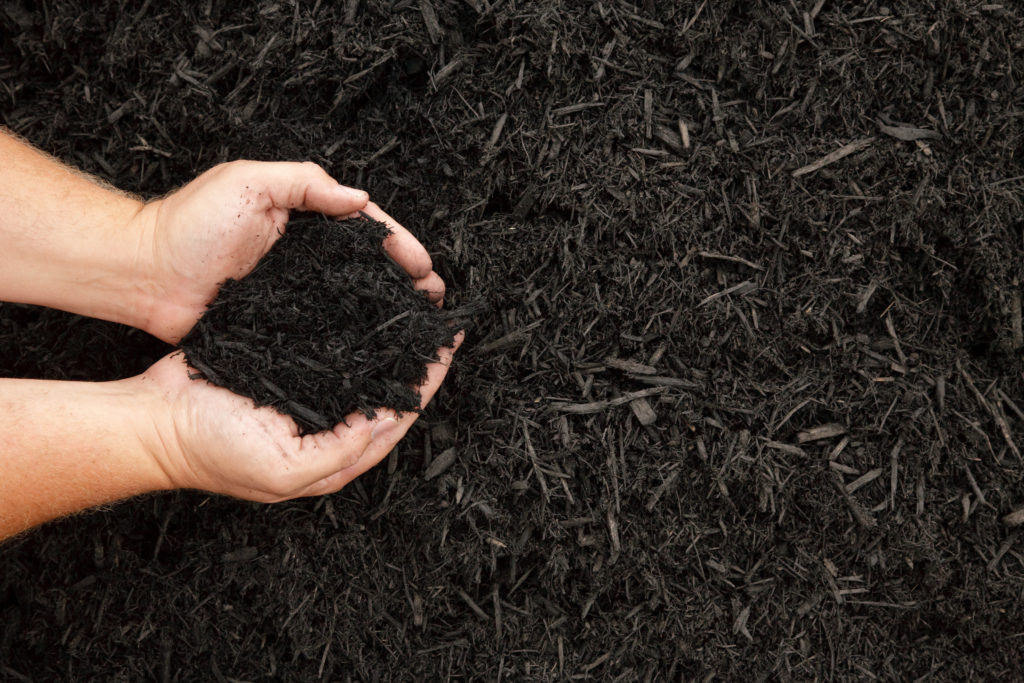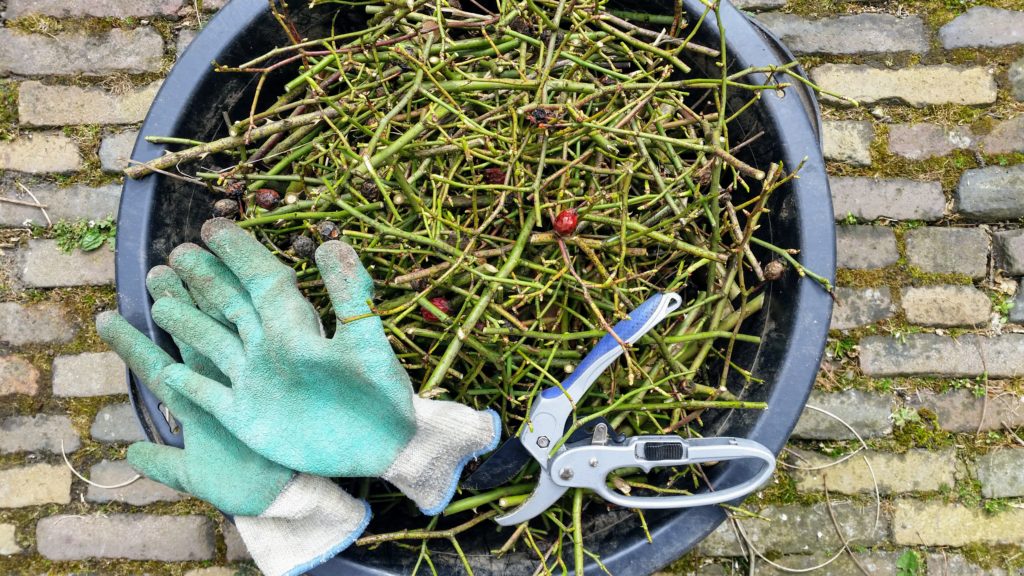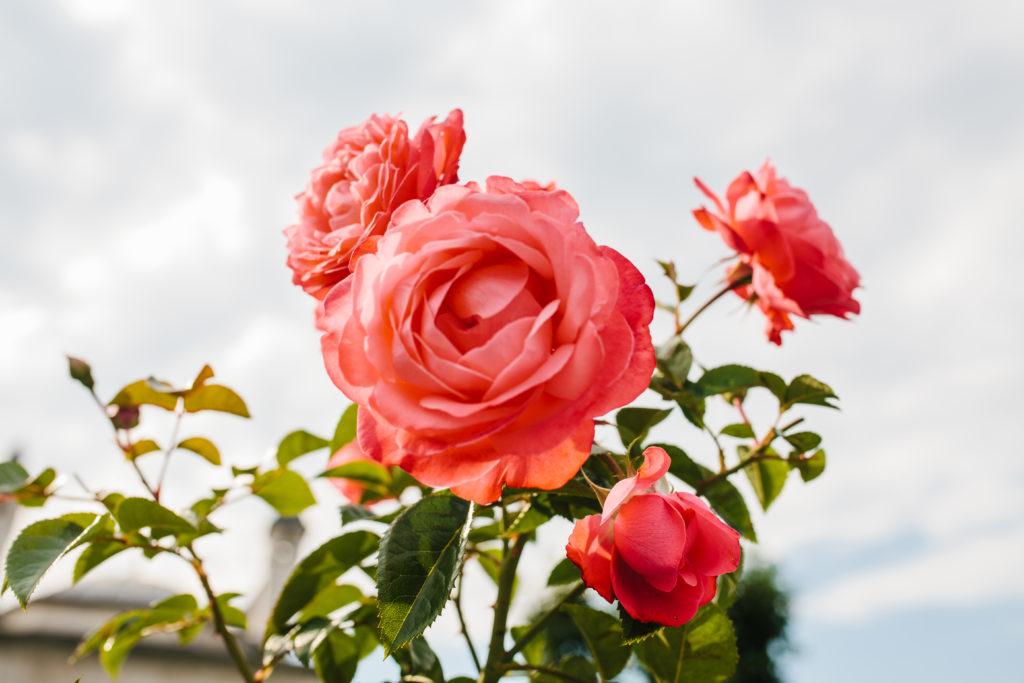
Rose Care Tips for Beautiful Blooms
Posted by Grange Co-op on 21st Jun 2019
The beauty and delicate design of roses cause many people to assume they are difficult to grow. Truth be told, they are no more difficult to care for than other flowering blooms. In this GrangeKnows article we’ll cover the basics of growing roses to help you cultivate a healthy and beautiful rose garden.
LOCATION
Roses crave sun. For the healthiest plants, rose bushes should receive six to eight hours of sunlight daily.
SOIL
Plant roses in rich, well-draining soil. Once you have dug a hole large enough to plant the rose, backfill using part of the organic matter pulled from the ground and part soil amendment. We recommend G&B Purely Compost to amend poor soil, and create the perfect environment where your roses can thrive.
MULCH

Once your roses are planted, it's important they stay clean and healthy. Distributing a layer (about 2-3 inches) of coarse, organic mulch around the roses helps protect the leaves from being splashed by water, and prevents foliage diseases.
WATER
As with any plant, roses require water to remain alive and healthy. Roses prefer deep but infrequent watering applications. This forces the roots to grow deep and strong. Check your soil often to compensate for weather and soil type. Soil should be consistently moist, neither overly wet nor bone dry. To prevent diseases—such as black spot and powdery mildew—keep foliage around the roses dry, especially if you water late in the day. The best way to reduce the risk of fungal diseases is by using a soaker hose or drip irrigation, as opposed to a sprinkler system.
FERTILIZE
To produce beautiful blooms, fertilize your roses regularly. Organic fertilizer provides a slow, steady supply of nutrients. We recommend Gardner & Bloome® Organics Rose & Flower Fertilizer (4-6-2) to maintain a balanced soil pH and encourage beneficial soil microbes.
PRUNE
Many gardeners fear over pruning. However, roses NEED regular pruning. It is nearly impossible to kill a rose bush from pruning too much. In moderate zones, such as the Pacific Northwest, roses may experience several hard frosts, without losing all their leaves. In these areas, prune during the coldest part of the year, when growth slows – and before buds begin to swell. This is typically 3-4 weeks before the average date of the last killing frost. Prune on a day when canes are frost-free.
You can follow a few simple pruning rules to ensure your results look professional and produce a healthier plant. We recommend a pair of bypass pruners and rose pruning gloves to make the job even easier.

First remove all dead and damaged canes. These are easily identified by their brown colored. Cut back a third-to-half of the previous year’s growth until you find healthy, white centers inside the cane. While early spring is generally the best time to prune roses, you can lightly prune all season long to keep them well-groomed. Deadheading your rose bushes will encourage them to rebloom throughout the season. Cut below the first five-leaflet stem to promote regrowth. If your rose bushes don’t develop rose hips — this is called ‘self-cleaning’— deadheading is not necessary because the blooms will drop off automatically and the plants will keep producing more flowers.
When choosing a variety of rose to purchase, keep in mind newer varieties have been modified to grow more rigorously, and are much more disease resistant.
ROSE FLORAL ARRANGEMENTS
Lastly, show off your roses! You’ve worked hard to grow these beautiful flowers. Plus, the quality and lovely smell of homegrown roses is irresistible.

Here are a few tips to preserve your cut roses as long as possible:
- Roses will last longer when they are cut immediately after the bud stage, when the petals are starting to open.
- Use hand pruners or garden scissors with sharp blades to cut the stems without damaging their water uptake channels.
- Cut roses when dewy fresh and hydrated, while the plant is not stressed by the heat. This can be early in the morning or during the evening.
- Recut the rose stems just before putting them in a vase. This will eliminate air bubbles that could prevent the stems from taking in water. Also cut the stems at a 45-degree angle so they don’t rest flat on the bottom of the vase.
- Strip off lower leaves that fall below the water line to avoid rot and bacterial growth. Above the water line, leave as much foliage as possible, which will help to draw up water.
- Change the water frequently — daily if possible — to remove bacteria. Also recut the flower stems every few days to improve water absorption.
Roses are generally tough and resilient, thriving with minimal maintenance. We encourage you to grow some of your own. Always feel free to visit your nearest Grange Co-op to speak with one of our gardening experts if you have any questions or concerns.
Sources:
https://www.bioadvanced.com/articles/growing-roses-secrets-success
